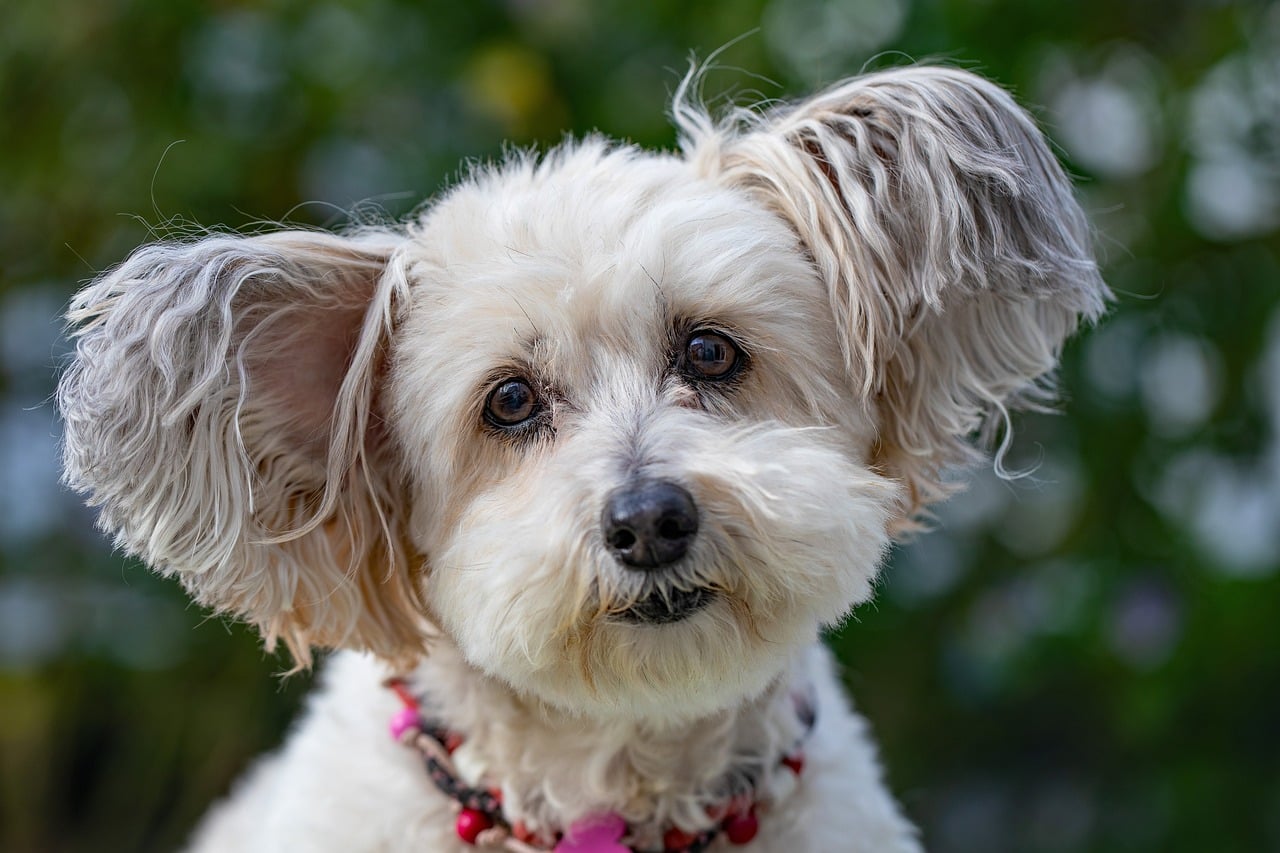 Shutterstock
Shutterstock
The idea of self-recognition in animals has long fascinated researchers and pet owners. While humans and some primates can recognize themselves in mirrors, whether dogs can do the same is still debatable. Dogs perceive the world differently, relying heavily on their sense of smell rather than vision. Regarding mirrors, their reactions can vary widely, from indifference to curiosity, leaving us to wonder what they see. This intriguing behavior raises questions about how dogs understand themselves and their environment through senses other than sight.
Dogs Rely More on Smell Than Sight
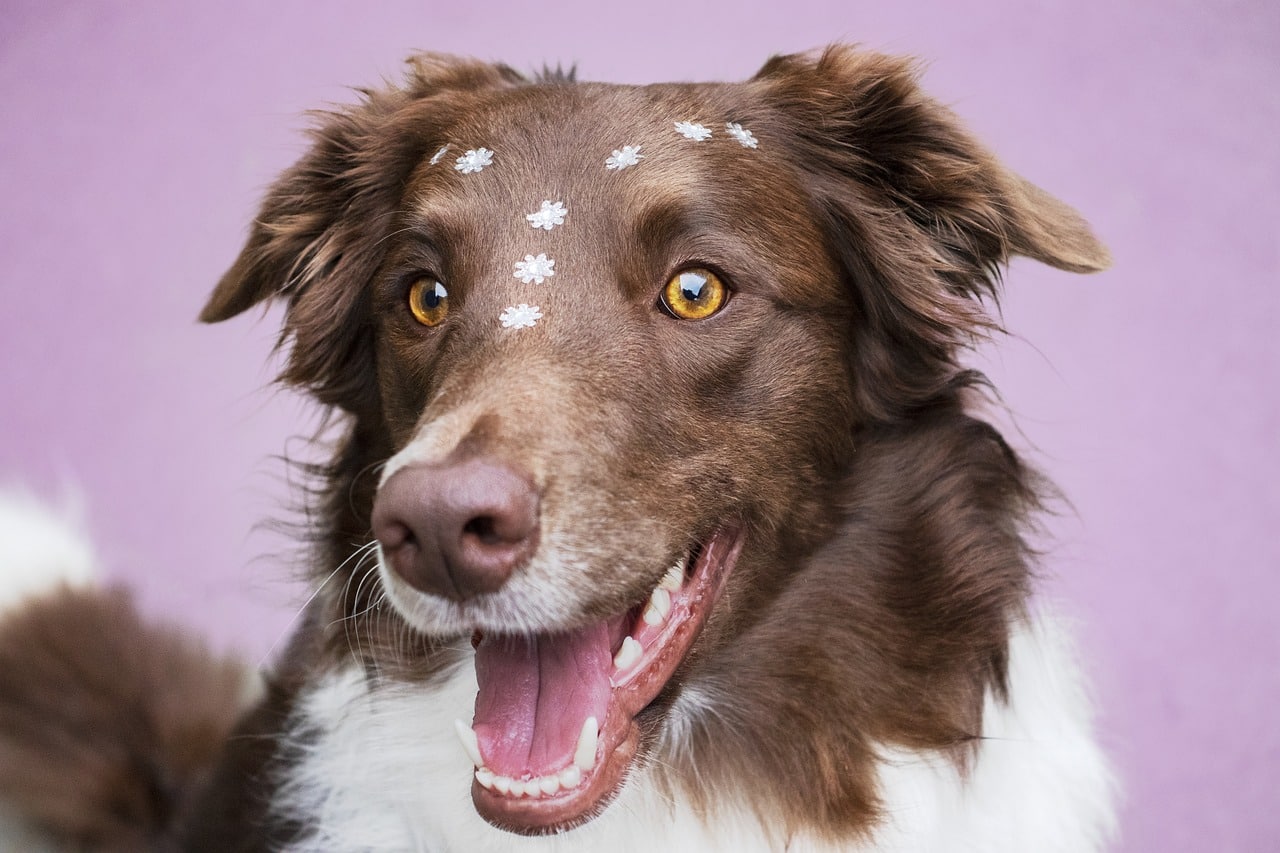 Shutterstock
Shutterstock
Dogs experience the world primarily through their sense of smell, which is far more developed than their vision. While humans may use visual cues to recognize themselves, dogs rely on scent to identify their surroundings and even themselves. When a dog encounters a mirror, they might not understand that the reflection is “them” because it lacks the olfactory information they typically uses for self-identification. This difference in sensory priorities can make it difficult for dogs to comprehend their own reflection as humans do.
Mirror Tests Are Not Conclusive for Dogs
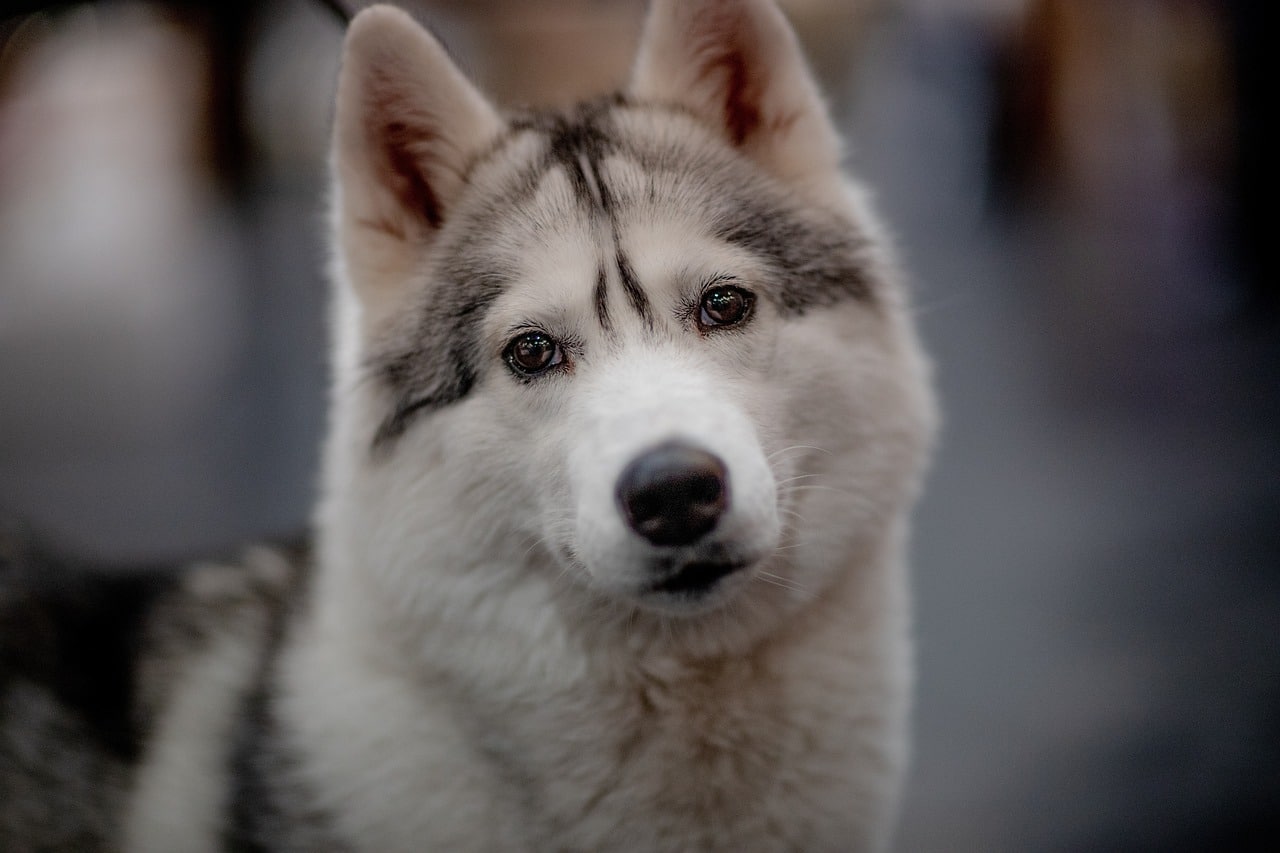 Shutterstock
Shutterstock
The classic “mirror test,” used to determine animal self-awareness, involves marking an animal’s body and seeing if they notice the mark in the mirror. While this test has worked for some species, such as dolphins and certain primates, dogs often fail. However, this doesn’t necessarily mean that dogs lack self-awareness. It could simply mean that the mirror test is unsuitable for assessing self-recognition in species that prioritize scent over sight. Thus, dogs may possess other forms of self-awareness that the mirror test doesn’t measure.
Dogs May See Mirrors as Just Another Object
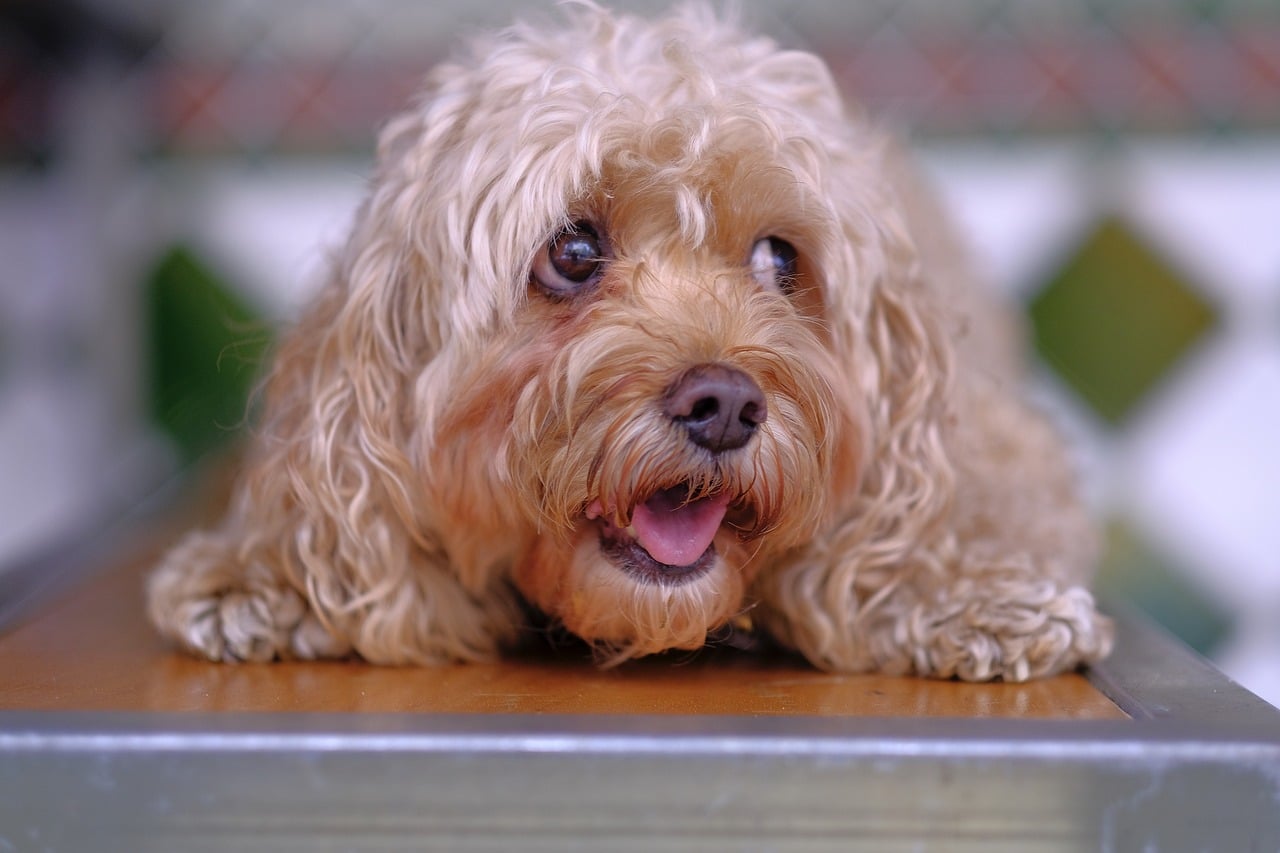 Shutterstock
Shutterstock
To a dog, a mirror may appear to be just another object in the environment, no more interesting than a piece of furniture. Since dogs don’t rely heavily on vision, a mirror reflection might not hold the same significance as it does to humans. They might look at the mirror and quickly lose interest because they don’t associate the reflection with anything meaningful, like a scent. This could explain why some dogs are completely indifferent to mirrors.
Puppies Often React Differently Than Adult Dogs
 Shutterstock
Shutterstock
Puppies are more likely to react to their reflection in a mirror with curiosity or playful behavior. This is because they are still learning about their environment and encountering new experiences for the first time. A puppy may bark at, paw at, or try to play with their reflection, thinking it is another dog. As dogs mature, they tend to lose interest in mirrors, possibly because they realize the reflection doesn’t provide any of the sensory feedback (like scent) that they use to recognize other dogs.
Dogs Use Body Language to Interpret Reflections
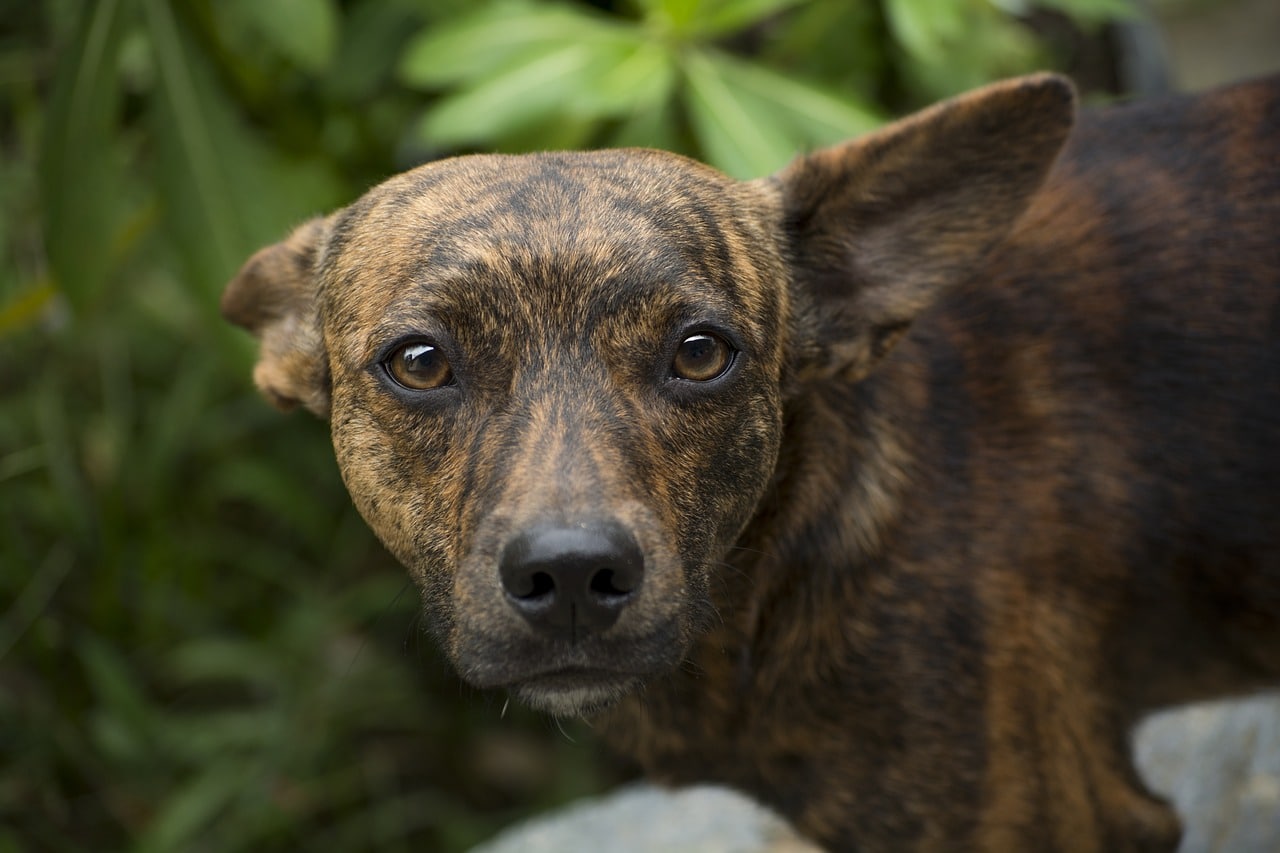 Shutterstock
Shutterstock
When dogs encounter their reflection, they may not recognize it as themselves but instead interpret the reflection based on body language. If a dog sees a reflection that appears to be “staring,” they might react defensively because prolonged eye contact can be a sign of aggression in the canine world. On the other hand, if the reflection “turns away,” the dog may interpret that as a sign of submission. Their response to the mirror may thus be more about interpreting body language than recognizing the reflection as themselves.
Some Dogs Do Learn to Ignore Mirrors
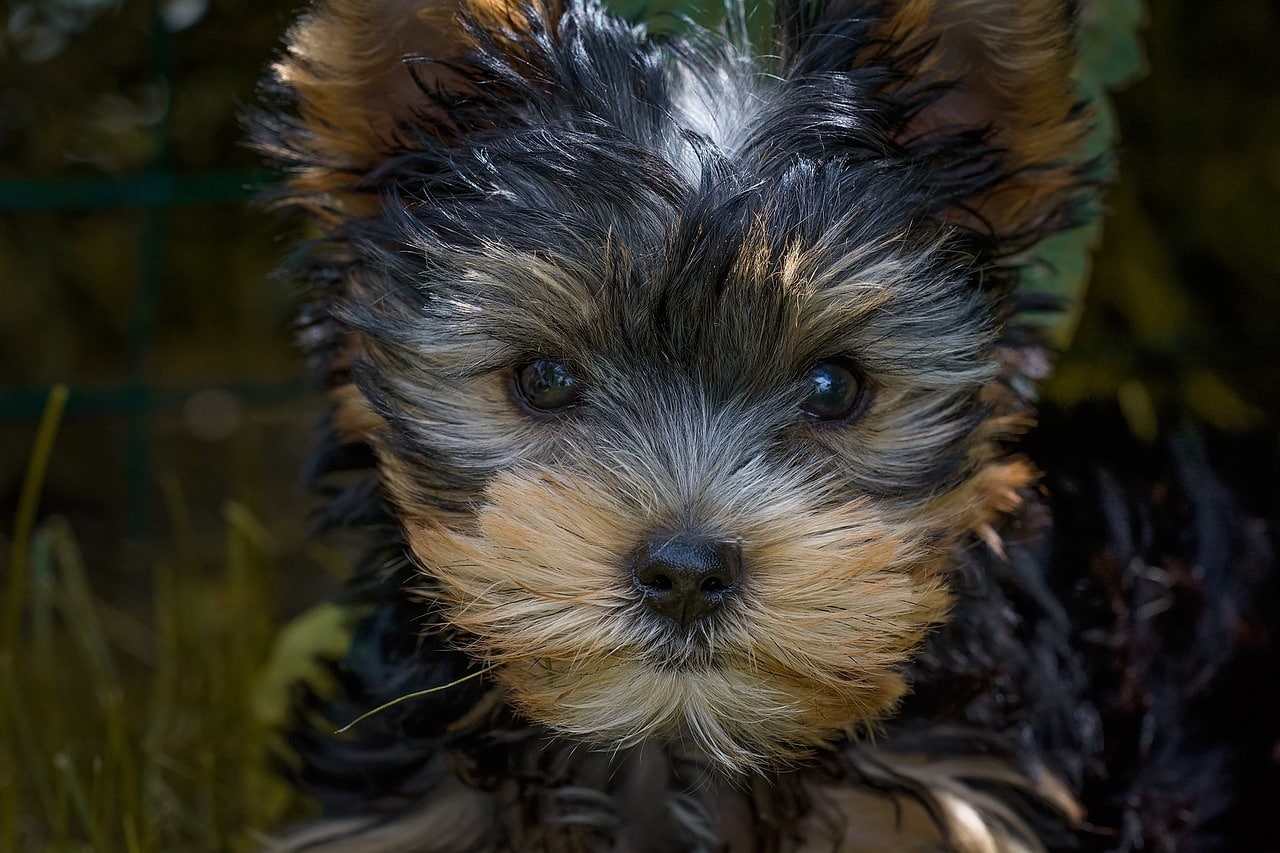 Shutterstock
Shutterstock
While some dogs initially react to mirrors with curiosity or confusion, others eventually learn to ignore them. This could suggest that dogs can distinguish between a real-life dog and a reflection over time. They may realize that the reflection doesn’t behave like a real dog, making it uninteresting or irrelevant. This habituation indicates that dogs have some ability to learn and adapt to their environment, even if they don’t achieve full self-recognition.
Scent Plays a Bigger Role in Self-Awareness
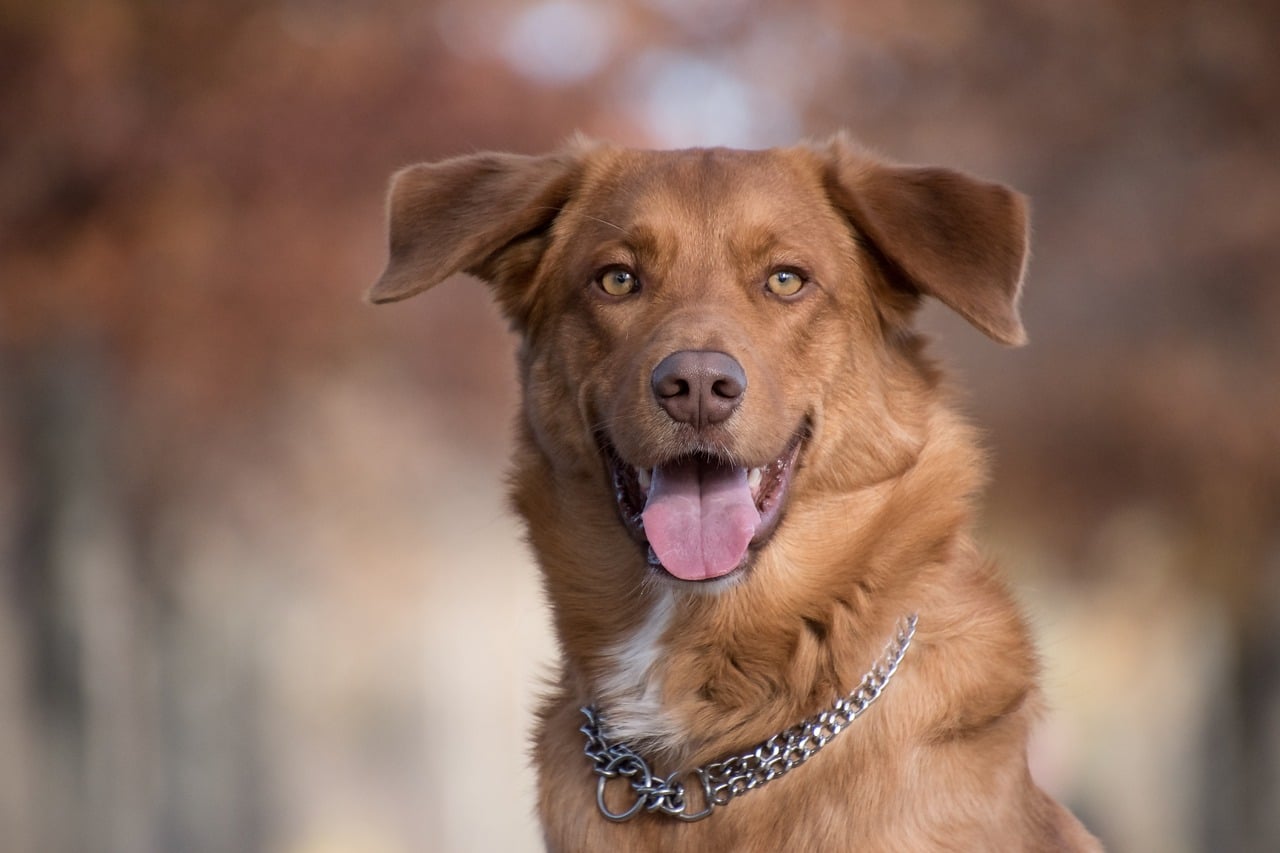 Shutterstock
Shutterstock
For dogs, the sense of smell is a primary means of identifying themselves and others. When dogs encounter their own reflection, they may not recognize it because it lacks unique scent cues. Dogs often sniff each other to learn about one another, and if the reflection doesn’t emit a scent, it becomes irrelevant. This reliance on olfactory information over visual cues explains why mirrors might not trigger the same recognition response in dogs as in humans or other animals that rely more on vision.
Dogs May Use Mirrors to See Behind Themselves
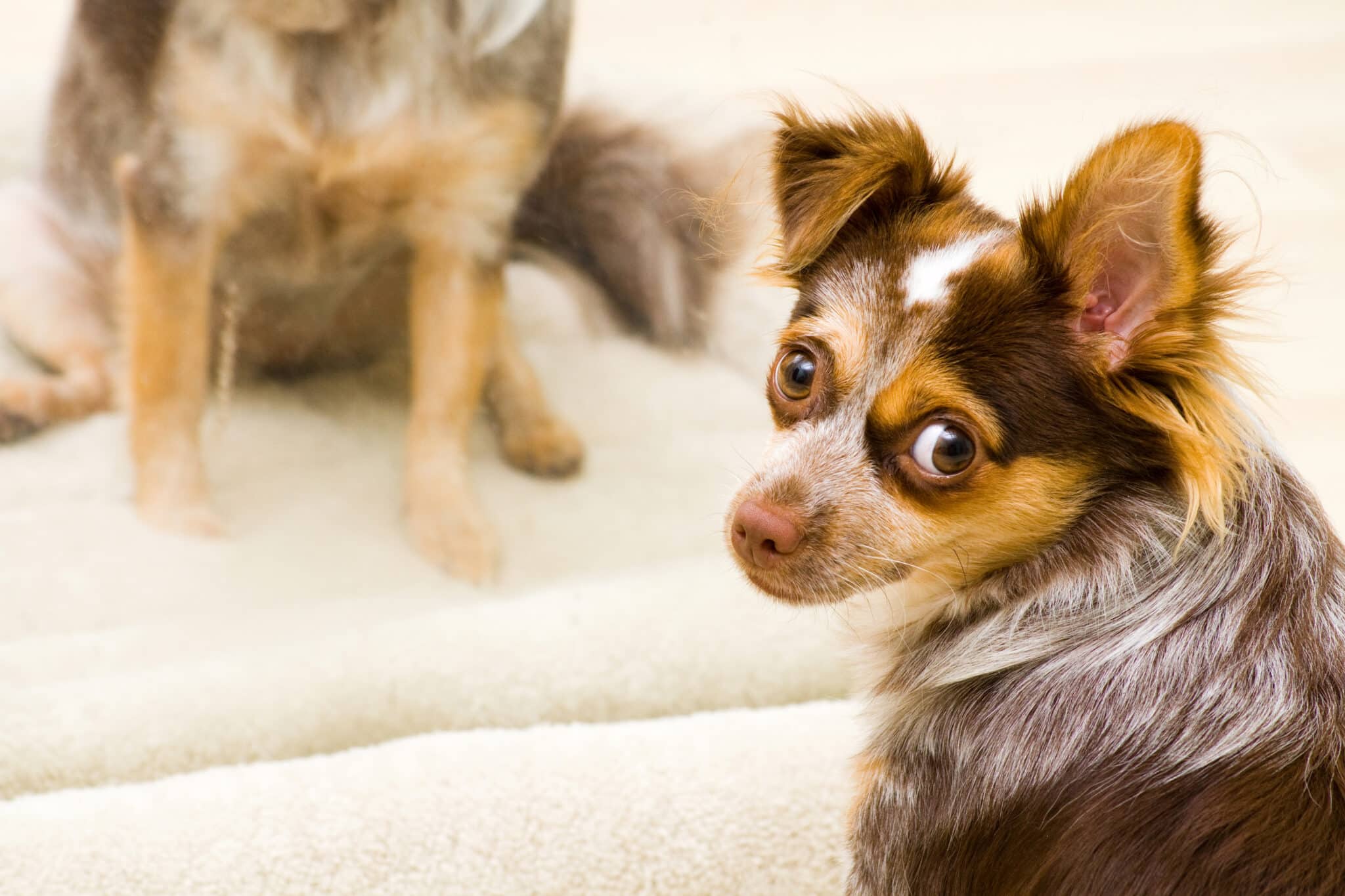 Shutterstock
Shutterstock
Some dogs have discovered that mirrors can help them observe the areas behind them. This ability shows that dogs can learn to use mirrors functionally, even if they don’t understand that the reflection is their own. A dog might use a mirror to see what’s happening behind them or spot a toy out of direct view. While this doesn’t indicate self-recognition, it does show that dogs can learn to associate mirrors with useful information.
The Concept of “Self” Might Be Different for Dogs
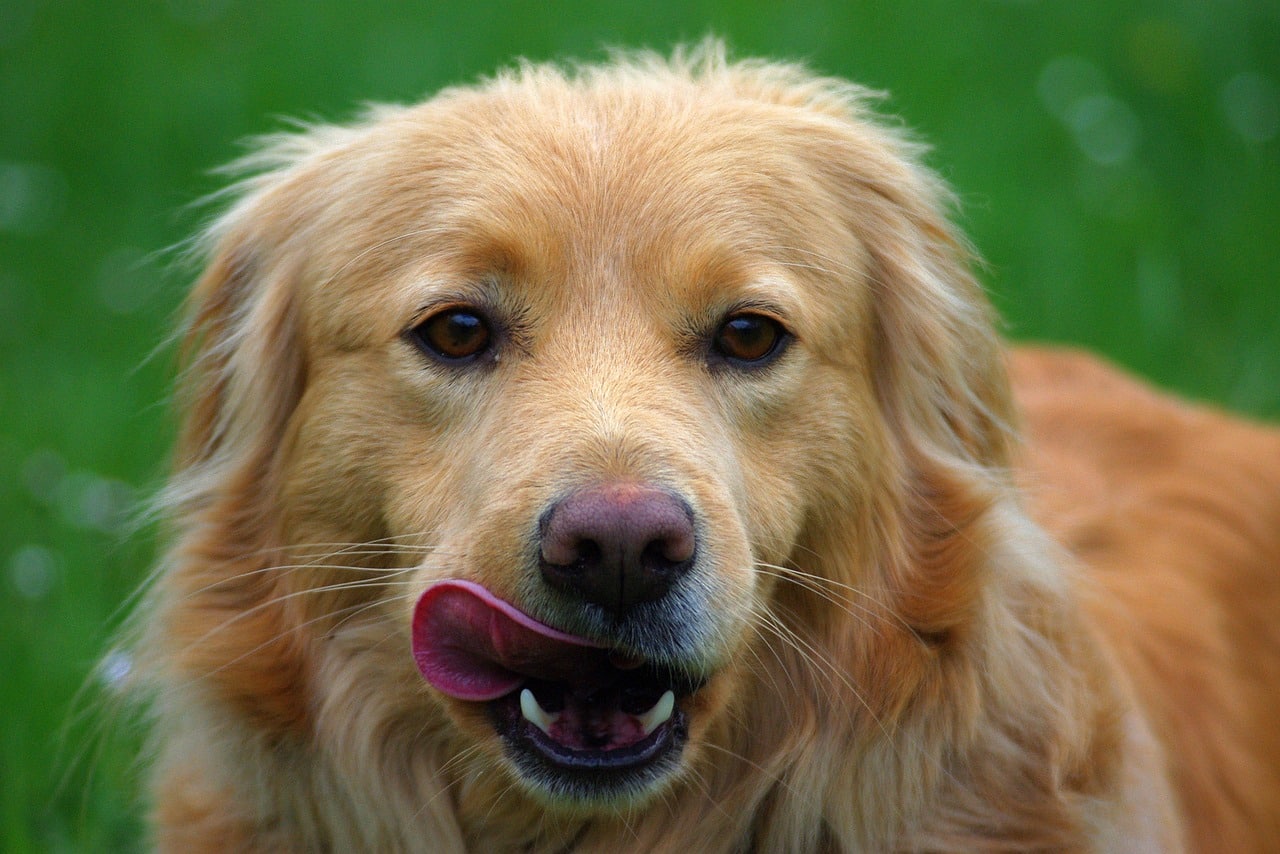 Shutterstock
Shutterstock
The way dogs perceive themselves may differ significantly from how humans do. While we think of self-awareness in terms of recognizing our own appearance, dogs might understand the concept of “self” more abstractly through scent, routine behaviors, or social roles. When a dog encounters its reflection, it might not think, “That’s me,” but rather process the experience as another visual stimulus without the context of self-recognition. The idea of “self” may not rely on visual appearance for dogs.
The Mirror Test May Be Biased Towards Visual Animals
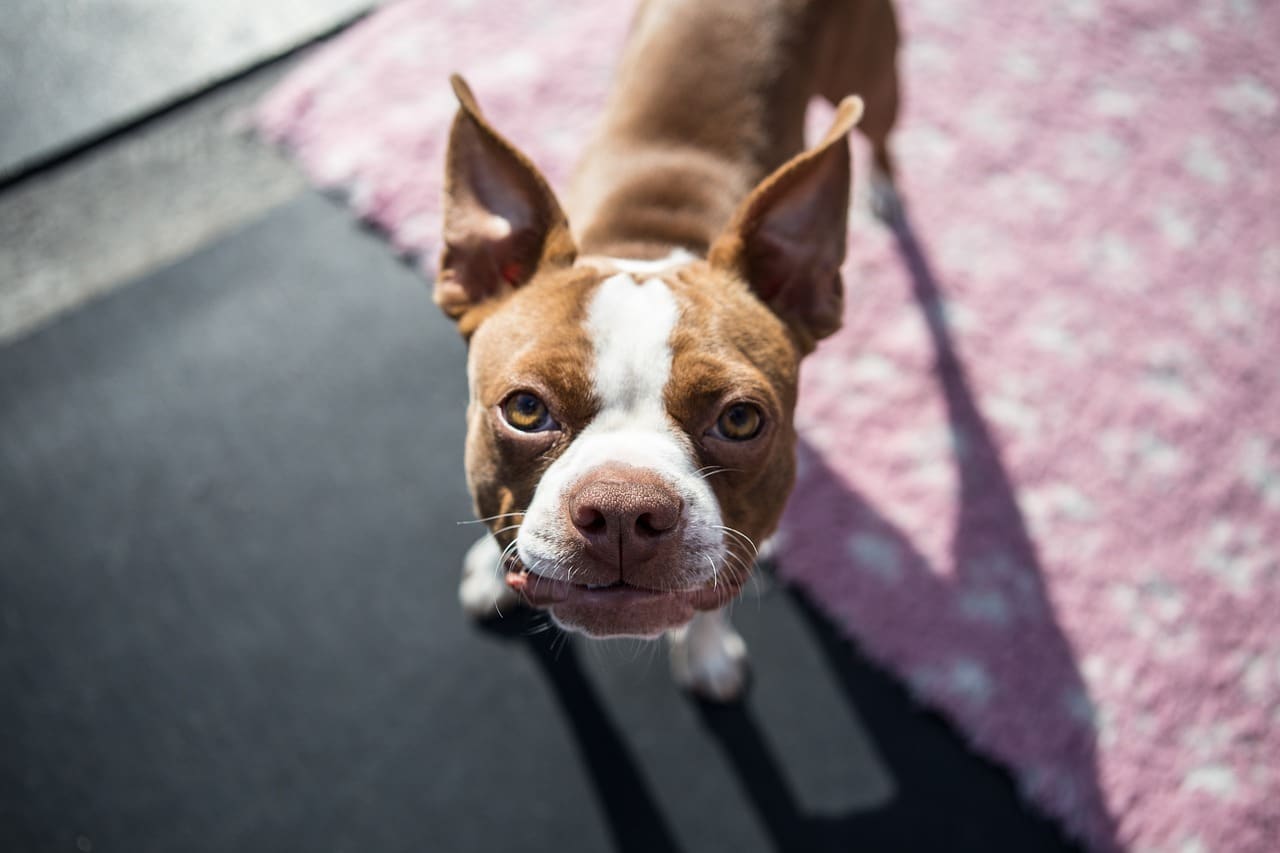 Shutterstock
Shutterstock
The mirror test is designed with visual animals in mind and may not be the best measure of self-awareness for dogs. Since dogs’ primary sensory experience is olfactory rather than visual, expecting them to recognize themselves in a mirror could be an unfair standard. Other tests that involve scent-based recognition may provide better insight into a dog’s sense of self. For example, studies where dogs are presented with scents of their own urine versus other dogs’ have shown that dogs spend more time investigating the smell of another dog, indicating some level of self-awareness.
Dogs Can Be Trained to React to Mirrors
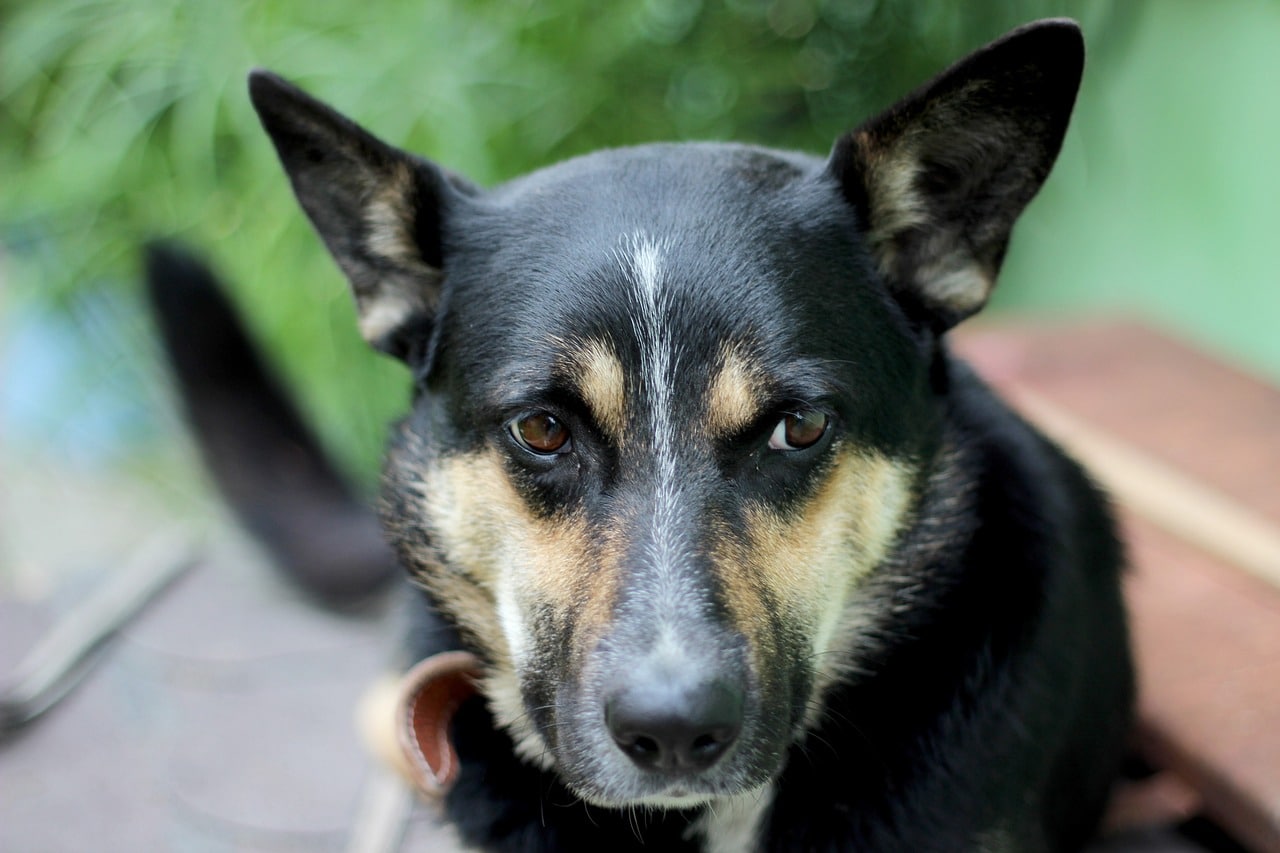 Shutterstock
Shutterstock
With proper training, some dogs can learn to respond to mirrors in specific ways. For instance, if a dog is trained to recognize a certain action or signal through the mirror, it may associate the reflection with certain behaviors. While this doesn’t mean the dog recognizes itself in the traditional sense, it does show that dogs can be conditioned to understand that mirrors have significance and can be used as a tool for learning.
A Reflection Can Trigger Play Behavior
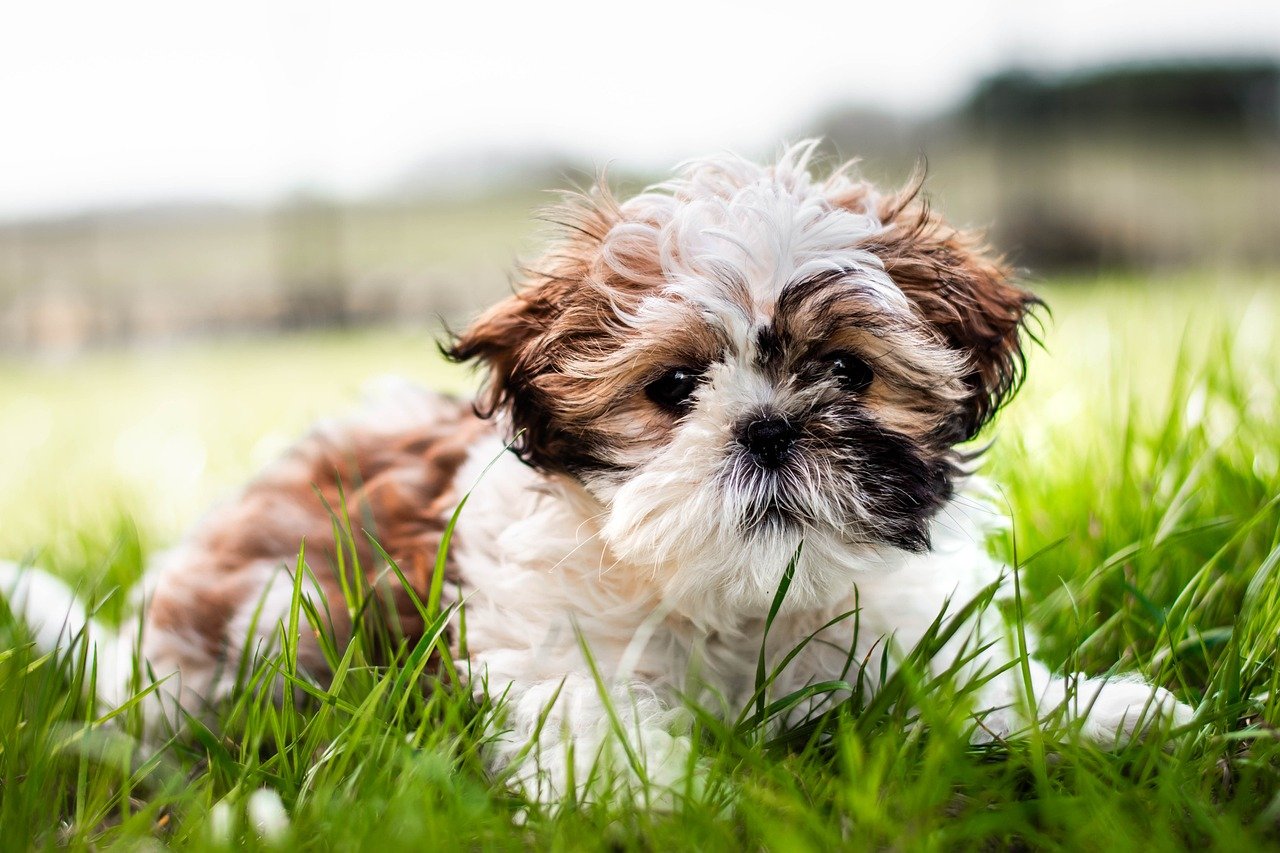 Shutterstock
Shutterstock
For some dogs, encountering their reflection can spark playfulness. They may see the reflection as another potential playmate, especially if they are already in a playful mood. This response is more common in puppies, who may bark, wag their tails, or even try to initiate play with their reflection. While this behavior doesn’t indicate self-recognition, it does show that mirrors can engage a dog’s curiosity and playful nature.
Dogs Are More Likely to Recognize Familiar Humans in Mirrors
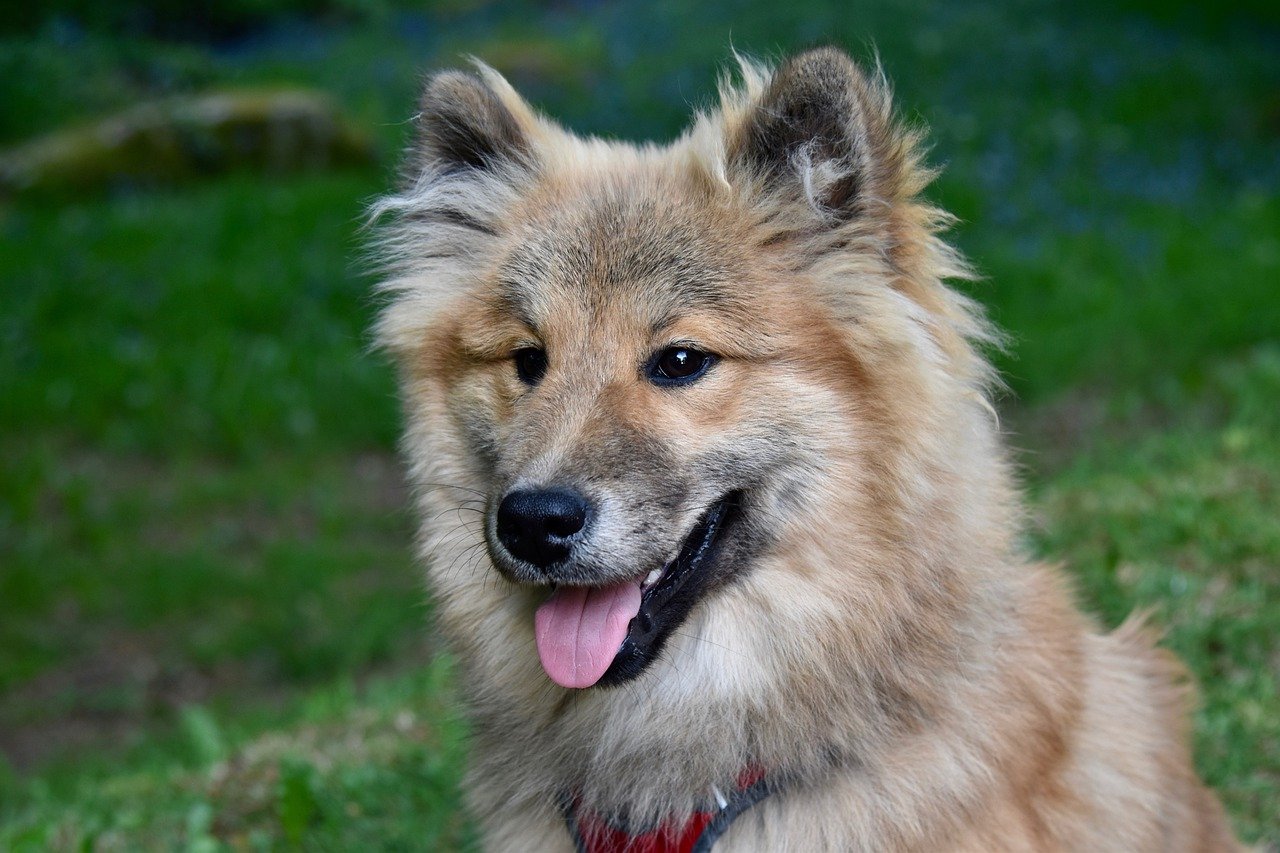 Shutterstock
Shutterstock
While dogs may struggle to recognize themselves, they can acknowledge sometimes familiar humans reflected in a mirror. If a dog sees its owner in the mirror, it may react similarly to the person’s presence by wagging its tail, barking in greeting, or running towards it. This suggests that dogs can understand some aspects of mirrored images but may not extend that understanding to their own reflection.
Mirror, Mirror, on the Wall… Do Dogs Care at All?
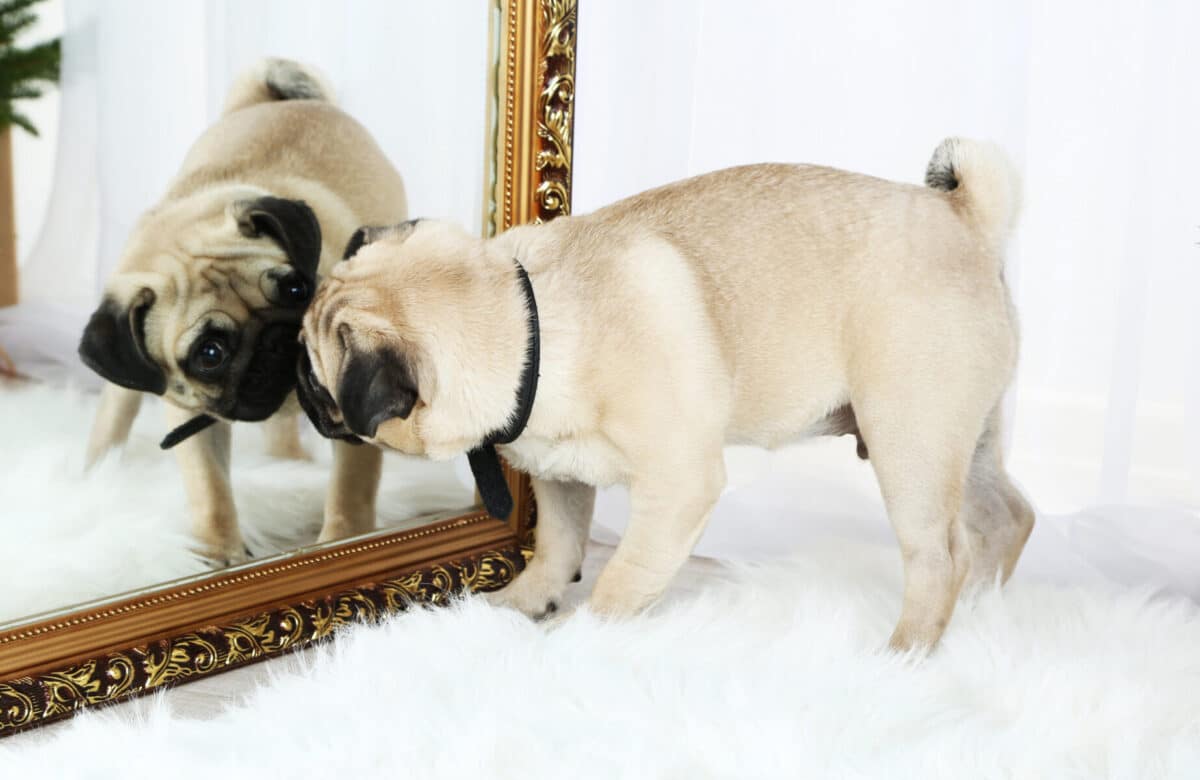 Shutterstock
Shutterstock
Mirrors are less about self-admiration for our furry friends and more about sniff-free boredom. While some may bark at “the dog in the mirror,” others give it a passing glance and return to more pressing matters like chasing their tail or napping. It’s probably not worth the fuss in a dog’s world if it doesn’t have a scent or wag its tail back. So, if your dog seems indifferent to their reflection, don’t worry—they’re just being a dog with more important things on their mind!
 Toledo, United States.
Toledo, United States.